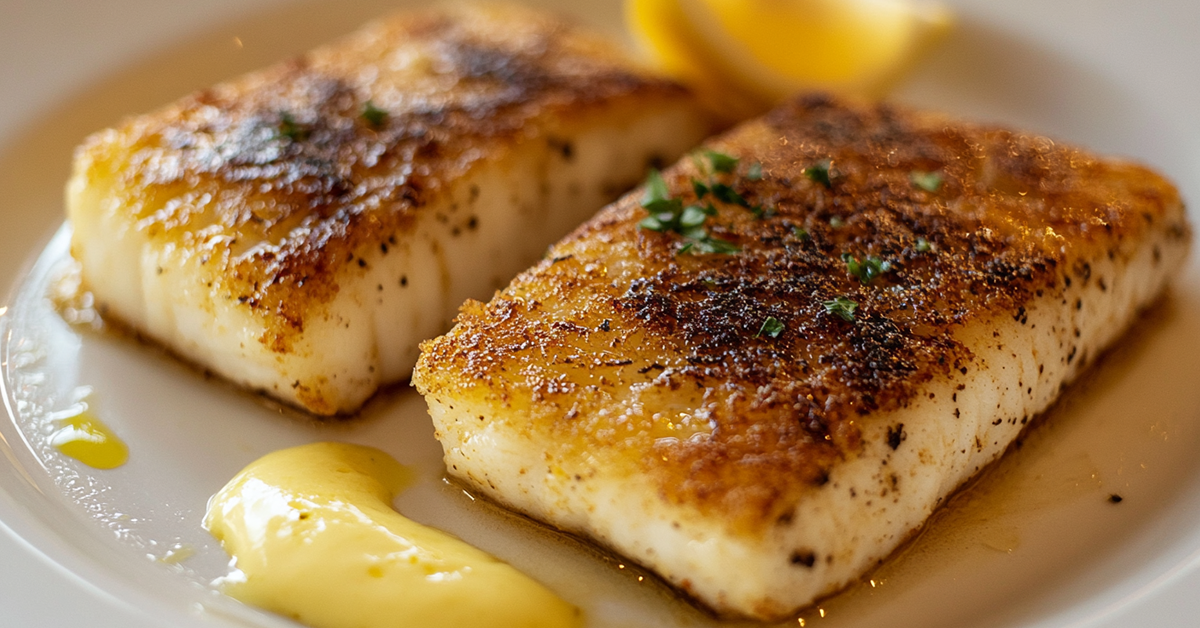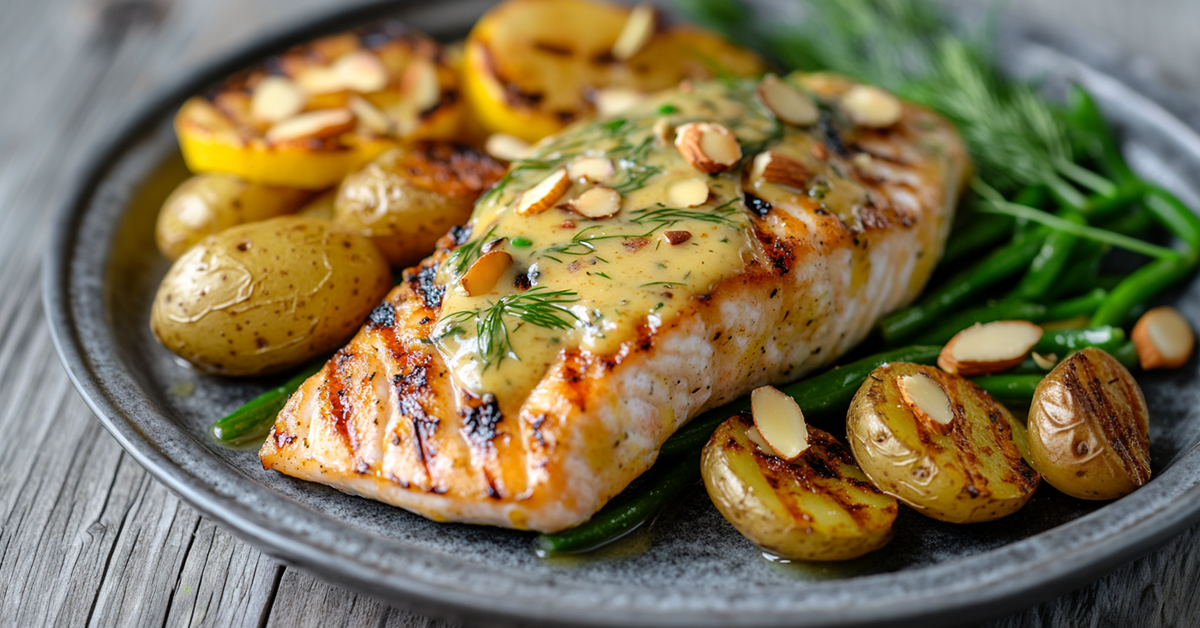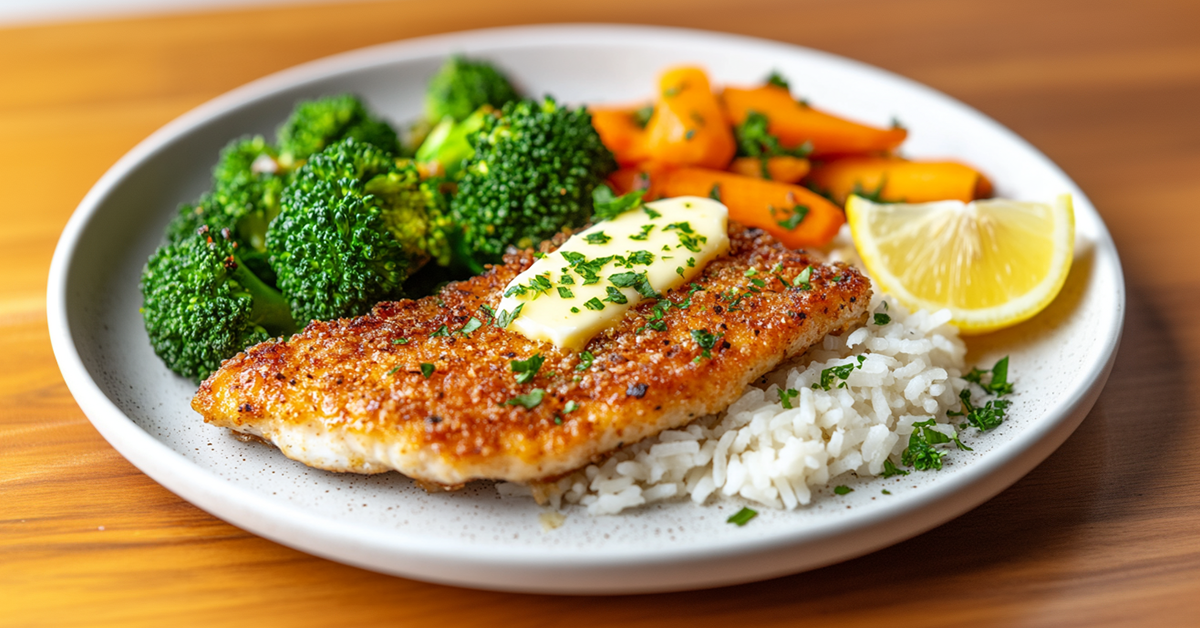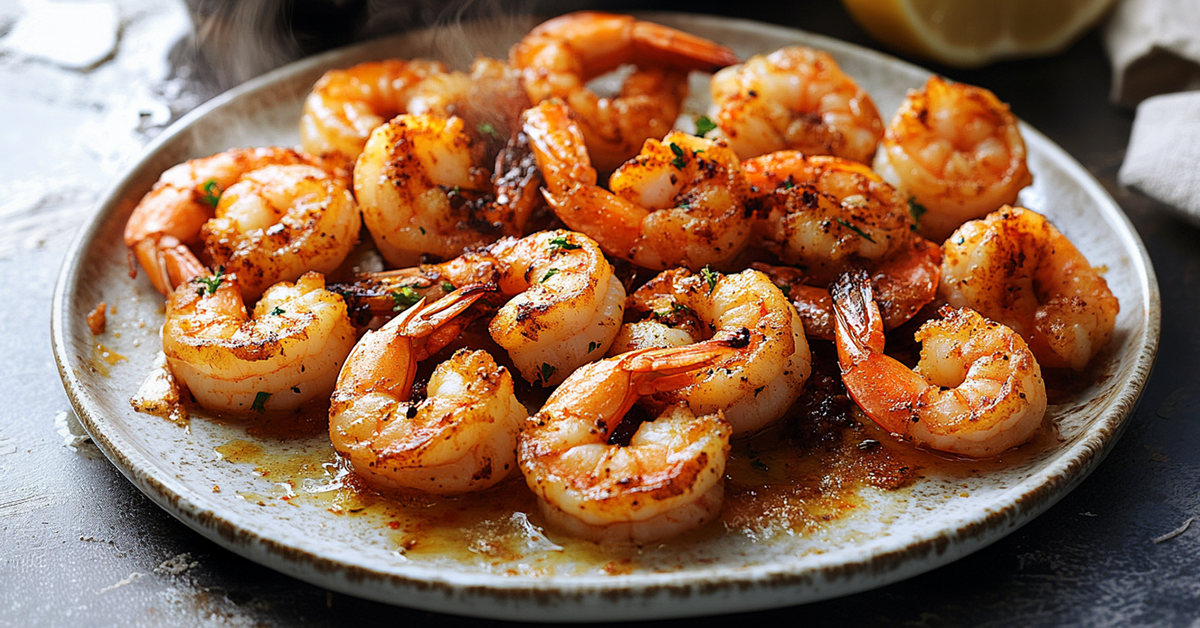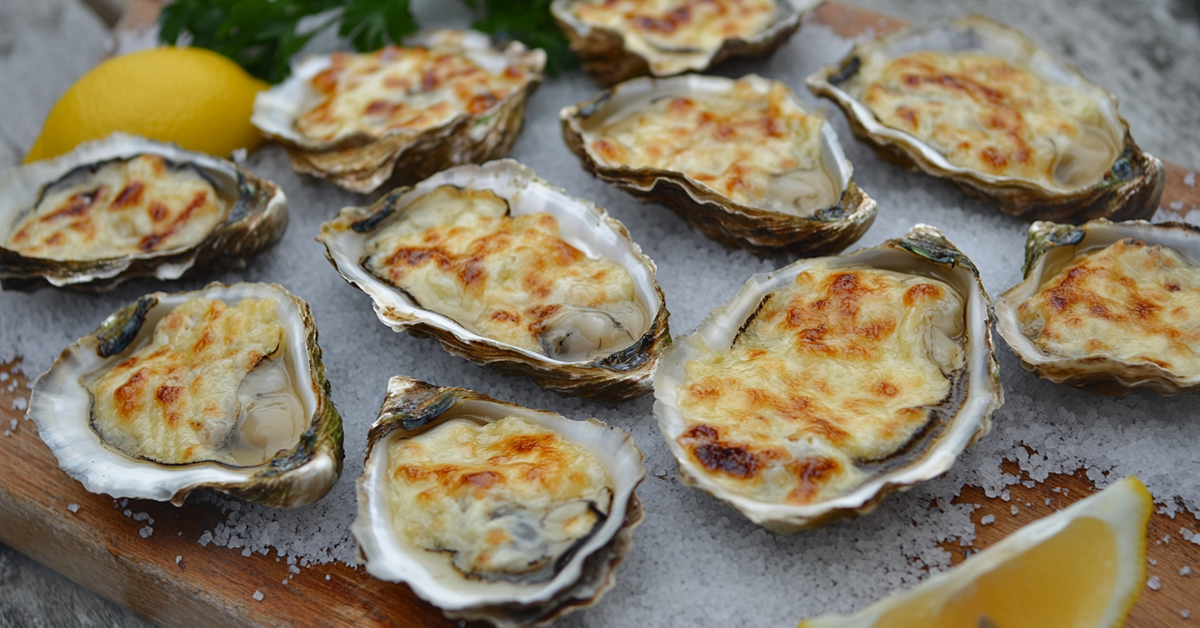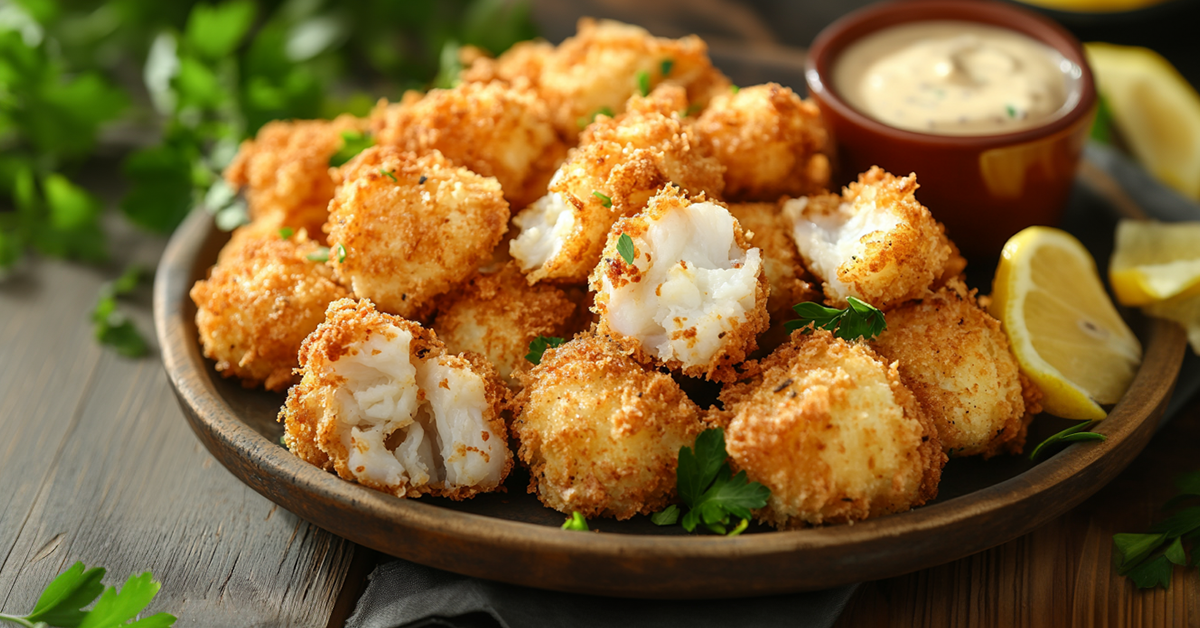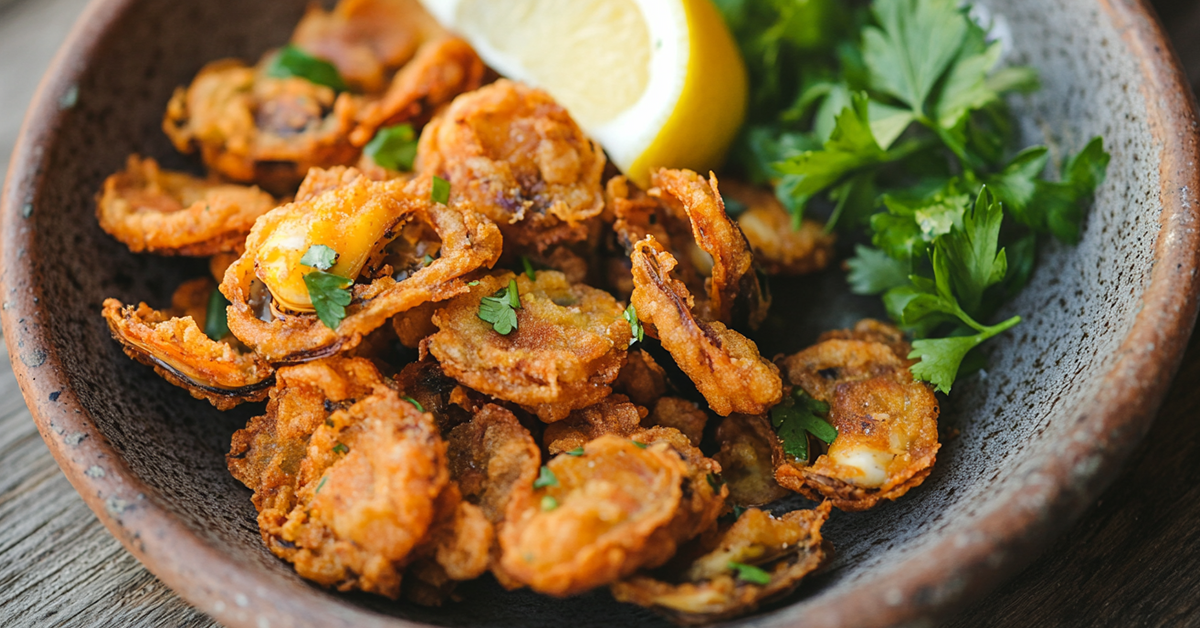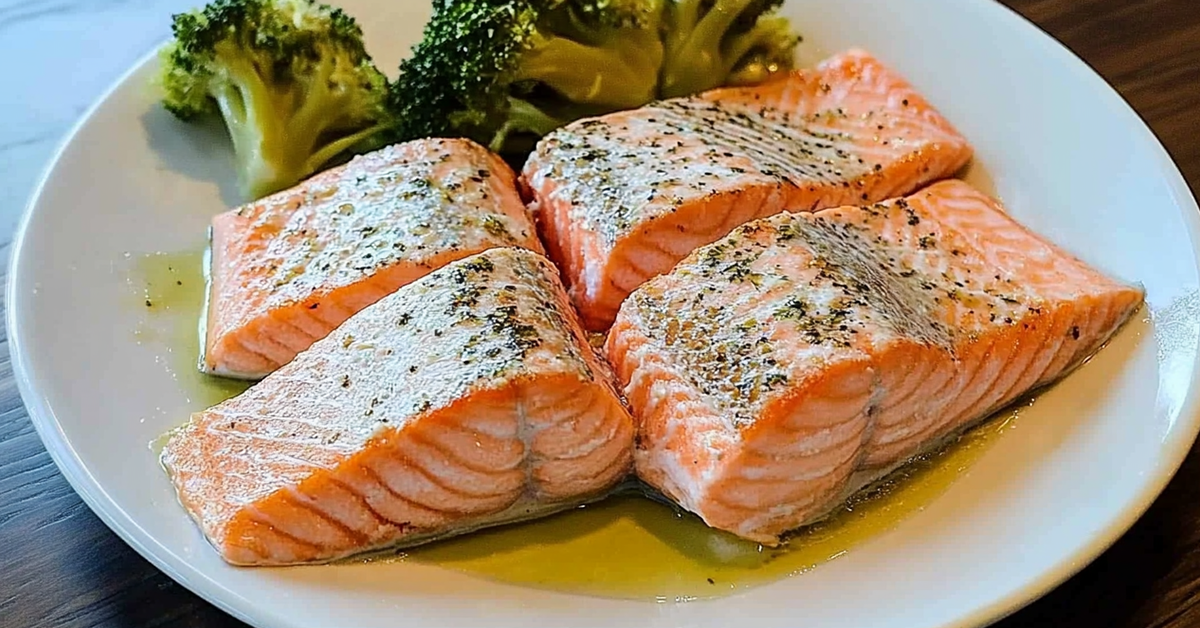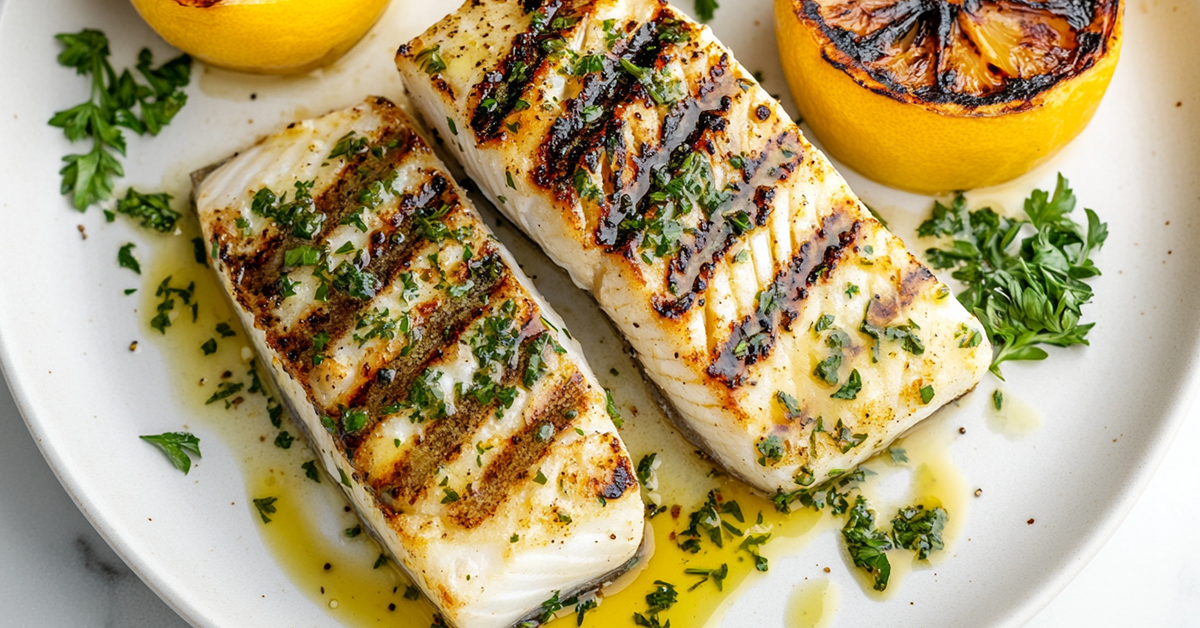Walleye is a prized freshwater fish that delights with its flaky texture and sweet flavor. Many home cooks love its crispy exterior and tender interior when pan-fried, though achieving this perfect balance can be challenging.
You’ll find the perfect walleye recipe right here. This detailed guide will help you create restaurant-quality fried walleye in your kitchen, regardless of your cooking experience. You’ll discover the secrets to selecting fresh fish and cooking at the right temperature.
We’ll explore everything in this piece – from the tools and ingredients you need to clear cooking steps. You’ll also get useful tips that will help your pan-fried walleye turn out perfectly each time you cook it.
Table of Contents
What is Walleye Fish?
You’re about to discover something special if you haven’t cooked walleye before. Walleye belongs to the perch family and stands out with its unique look and excellent taste. These fish swim in the clear, cool waters of North America, and you’ll spot them mostly in the Great Lakes region and Canadian waters.
The fish market makes it easy to spot a walleye. Look for its olive-gold color that smoothly transitions to creamy white on the belly. Its large, glassy eyes help it navigate deep or murky waters. The fish sports sharp teeth and a sleek body shape. Most walleye weigh between 2-5 pounds, though bigger ones show up occasionally.
The magic of walleye lies in its mild, sweet flavor and perfect texture – firm yet delicate. The meat comes out white and flaky, without that strong “fishy” taste that puts some people off. This quality makes walleye perfect to pan fry.
The fish stays available all year, but the cooler months bring the best catches. Many experienced anglers say fall and early winter walleye taste better because they’re at their plumpest. Market shoppers should pick filets that feel firm and smell fresh and clean.
People call walleye the “fish of the north” for good reason. This versatile fish works with many cooking methods, but pan frying really brings out its best. The meat stays moist while developing a nice crust, and its mild taste works great with different seasonings.
Your pan fried walleye will hold together nicely while cooking. The filets don’t fall apart like other fish species, so you can get that perfect golden-brown crust. Their consistent thickness helps cook them evenly too.
Read also: Pan Fried Haddock Recipe
Essential Tools and Equipment for Frying Walleye
The right tools make pan-fried walleye preparation easier and more fun. You’ll need proper equipment to achieve that perfect combination of crispy exterior and tender interior.
A high-quality skillet stands out as your most valuable tool. Cast iron remains the top choice for pan-frying walleye. A heavy-bottomed stainless steel pan works great too. Pick a pan that holds heat steady and gives your filets enough room to cook.
Your kitchen arsenal should include:
- A 10-12 inch skillet (cast iron or heavy-bottomed stainless steel)
- Fish spatula or wide turner for easy flipping
- Paper towels for patting fish dry
- Shallow dishes for breading station
- Instant-read thermometer
- Spider strainer or slotted spoon
- Heavy-duty tongs
- Oil thermometer (optional but helpful)
The skillet you choose plays a bigger role than expected. Cast iron retains heat better and builds up a natural non-stick surface as time passes. A stainless steel pan needs a thick bottom to avoid hot spots that might burn your fish.
The fish spatula deserves extra attention. Its thin, flexible blade slides under delicate filets without breaking them. Regular spatulas can work, but a fish spatula helps maintain that golden crust you want.
A proper breading station needs three shallow dishes. Each dish should fit your walleye filets with room to spare. Glass pie plates work great, though any similar-sized dishes will do.
Temperature control makes perfect pan-fried walleye possible. An instant-read thermometer helps keep oil between 350-375°F. Experienced cooks might use the “flour test,” but a thermometer removes any doubt.
Good lighting in your cooking area matters. Clear visibility helps you achieve that perfect golden-brown color. Add under-cabinet lights or a portable task light if your kitchen seems too dark.
Paper towels serve multiple purposes. They dry the fish before breading and soak up extra oil after frying. A wire rack over a paper-towel-lined baking sheet keeps your fried walleye crispy instead of soggy.
You may like: Guide to cooking Walleye on the Grill
How to Choose the Best Walleye for Cooking
Your pan frying adventure starts with picking the right walleye from your local fish market or from your catch. The quality of your walleye will determine your cooking success, so let’s become skilled at picking the best fish.
At the time you visit the market, let your senses assess the walleye. Fresh walleye should pass these quality checks:
- Bright, clear eyes (not cloudy or sunken)
- Firm flesh that springs back when pressed
- Moist, shiny skin without discoloration
- Clean, mild scent (avoid any strong fishy odors)
- Red or pink gills (not brown or gray)
- No signs of browning or drying around the edges
The best filets for pan frying should be about 1/2 to 3/4 inch thick. This thickness will give a perfect golden crust while keeping the inside moist and tender. Fish between 1-3 pounds are ideal if you’re buying whole walleye. These fish give you the best meat-to-bone ratio and consistent texture.
Seasonal selection matters. Walleye is available year-round, but the premium quality comes during peak seasons. The meat becomes firmer and more succulent in spring and fall when water temperatures are perfect for walleye activity.
Careful inspection of packaging helps you pick good frozen walleye. Good packages won’t have frost buildup or freezer burn signs. Look for light pink to white filets without yellowing or dark spots that are individually quick frozen (IQF).
Storage considerations are a vital part of quality control. Keep your selected walleye cold during transport. Fresh filets need storage in your refrigerator’s coldest part, preferably on ice, and you should cook them within 1-2 days. Thaw frozen filets in the refrigerator overnight instead of room temperature.
Size consistency makes a big difference in pan frying. Pick filets with similar thickness to cook them evenly. Cut whole fish into equal-sized portions. This detail helps create restaurant-quality results.
The best pan-frying walleye should feel dense and heavy. Light or mushy filets might show moisture loss or poor handling. Trust your gut – wait for better options rather than settling for lower quality fish.
Read also: Baked Walleye Recipe
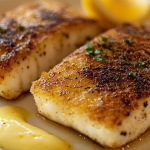
Pan Fried Walleye
- Total Time: 35 minutes
- Yield: 4 servings 1x
Description
A perfectly crispy, golden-brown pan fried walleye will impress your family and friends. This classic recipe highlights walleye’s natural sweetness and creates an irresistible crunchy exterior.
The tender, flaky fish pairs beautifully with a crispy coating made from crushed crackers and seasonings. You can prepare this traditional pan fried walleye recipe quickly. The simple steps work great for weeknight dinners and special occasions.
Ingredients
- 2 4-6 oz walleye filets.
- 2 tablespoons butter.
- 1 cup all-purpose flour.
- 2 large eggs, beaten.
- 2 cups crushed saltine crackers.
- 1/2 teaspoon garlic powder.
- 1/2 teaspoon ground black pepper.
- 1 pinch salt.
- 1 lemon for serving.
Instructions
- Use paper towels to pat your walleye filets dry and remove any remaining bones.
- Prepare your breading station with three shallow dishes:
- First dish: Combine flour with garlic powder and seasonings
- Second dish: Beat eggs until smooth
- Third dish: Add crushed saltine crackers
- Add butter to your skillet and heat it over medium heat.
- Take each filet and dip it in the seasoned flour, then egg, and coat it evenly with cracker crumbs.
- Place your filets in the heated pan with melted butter. Steam will form inside when you cover it with a lid.
- Let it cook for 3-4 minutes on each side until golden brown and the fish reaches 145°F internal temperature.
Notes
– Your walleye turns white once fully cooked.
– Cook in batches to avoid overcrowding the pan.
– Keep leftovers fresh in an airtight container.
– Double-coat the filets by repeating the breading process for extra crispiness.
- Prep Time: 20 minutes
- Cook Time: 15 minutes
- Category: Seafood
- Method: Frying
The crispy golden crust complements walleye’s moist, flaky interior perfectly. Your taste buds will love how the natural sweetness of walleye shines through the crunchy coating, creating an amazing balance of textures and flavors.
Health Benefits of Pan Fried Walleye
Pan fried walleye tastes amazing and brings great health benefits to your dinner table. The right cooking techniques transform this freshwater fish into a nutritional powerhouse that boosts your overall well-being.
Each bite of walleye packs lean protein that your body needs. This fish serves as a complete protein source with all essential amino acids needed for muscle maintenance and repair. The best part about walleye is its protein-rich nature with minimal calories, making it perfect for health-conscious diners.
Walleye’s nutritional profile stands out with these benefits:
- Omega-3 fatty acids support your heart and brain health
- Vitamin B12 helps nerve function and red blood cell formation
- Selenium strengthens your immune system
- Vitamin D fills a common gap in daily nutrition
- Mercury levels stay lower than most fish species
The right pan frying technique with minimal oil preserves these natural nutrients while creating a delicious meal. This cooking method helps your body absorb fat-soluble vitamins better. A touch of butter or olive oil adds healthy fats that enhance the fish’s natural nutrition.
The protein-to-fat ratio makes walleye perfect to watch your calories while building muscle mass. You get substantial protein without extra calories, which supports weight management and active lifestyles.
Walleye’s zinc content strengthens your immune system, and its phosphorus helps repair cells and maintain bone health. These minerals work with omega-3s to reduce inflammation throughout your body.
This fish helps you age better. The mix of lean protein and essential fatty acids maintains muscle strength and brain function as time passes. You can eat this nutritious fish often since it’s low in calories.
Pan frying beats deep frying for keeping nutrients intact. Quick cooking at moderate heat preserves those valuable omega-3 fatty acids that make fish so healthy. The right temperature control and minimal oil create a meal that’s both tasty and good for you.
Reference: Eat This Much
Flavor Pairings for Fried Walleye
Your pan-fried walleye can taste better when you become skilled at flavor pairings. A mild, sweet taste from perfectly fried walleye creates an excellent canvas for both classic and creative accompaniments.
Sauce selection can turn a simple fried walleye into a memorable meal. Traditional tartar sauce adds creamy tanginess that complements the crispy coating. A light lemon butter sauce brings out the fish’s natural flavors without overwhelming them. A citrus-herb aioli or zesty remoulade offers a modern twist.
Side dish choices make all the difference. These time-tested pairings work well with pan-fried walleye:
- Classic coleslaw or fresh garden salad
- Roasted baby potatoes with herbs
- Steamed seasonal vegetables
- Wild rice pilaf
- Grilled corn on the cob
- Fresh cucumber salad
- Buttered asparagus spears
Seasonal accompaniments should match the weather. Light and fresh options like watermelon and feta salad or grilled vegetables suit summer. Heartier sides such as roasted root vegetables or creamy mashed potatoes provide warmth in winter.
Beverage pairing needs careful attention. A crisp white wine like Pinot Grigio or Sauvignon Blanc complements pan-fried walleye. Light lager or wheat beer works well for beer lovers without overpowering the delicate fish flavors.
Herb combinations are vital in improving your walleye dish. Fresh dill remains a classic choice, but fresh parsley, chives, or tarragon work equally well. A light sprinkle of these herbs before serving adds visual appeal and aromatic complexity.
Texture contrasts create interest in your meal. The crispy exterior of pan-fried walleye pairs well with creamy elements like avocado slices or smooth corn puree. Toasted almonds or crispy capers add an interesting crunch to the experience.
A complete flavor experience needs acid. Fresh lemon or lime brightens the dish. Pickled vegetables contribute tang and crunch, while capers provide bursts of briny flavor that complement the mild fish.
Garnishes serve beyond decoration. Microgreens, thin radish slices, or edible flowers add visual appeal and subtle flavor notes that improve your pan-fried walleye from a simple meal to a restaurant-worthy presentation.
You may like: Smoked Walleye Recipe
Nutrition Facts About Pan Fried Walleye
The nutritional profile of pan-fried walleye helps make informed decisions about portion sizes and meal planning. Let’s examine what each serving of this delicious dish offers.
A typical serving of pan-fried walleye (about 6 ounces) packs essential nutrients while staying low in calories. Portion size substantially affects nutritional intake. These are reasonable serving sizes:
- Single portion: 6 ounces (170g)
- Family meal: 4-5 ounces (113-142g) per person
- Restaurant style: 8 ounces (227g)
The nutritional content varies based on cooking methods and breading choices. Here’s a detailed breakdown for a 6-ounce serving with standard breading:
| Nutrient | Amount |
|---|---|
| Calories | 280-320 |
| Protein | 32g |
| Total Fat | 12-15g |
| Saturated Fat | 3-4g |
| Carbohydrates | 18-22g |
| Dietary Fiber | 1g |
| Sodium | 380-450mg |
Portion Control Tips Cooking methods substantially affect the final nutritional values. Pan-frying walleye with minimal oil and light coating keeps the calorie count lower and preserves the fish’s natural benefits. The breading adds carbohydrates and extra calories but delivers that satisfying crunch.
Impact of Cooking Methods Preparation methods affect the final nutritional profile. Traditional pan-frying adds 40-60 calories per serving compared to baking or grilling. Proper pan-frying techniques with measured oil amounts help control added fats.
Managing Sodium Content Breading mixture and seasoning choices are the foundations of sodium content. Making your own breading mixture helps control salt levels. Herbs and spices boost flavor without extra sodium.
Caloric Distribution Pan-fried walleye calories come from three main sources:
- Natural fish protein and fats
- Breading ingredients
- Oil or butter used in cooking
Meal Planning Considerations Side dishes can substantially change the overall nutritional value of the meal. Light sides like steamed vegetables or fresh salad complement this protein-rich fish while keeping total calories reasonable.
Storage Impact on Nutrition Nutritional value stays stable with proper storage. Reheating methods can affect texture and nutritional content. Store leftovers in an airtight container and eat within 2-3 days to get the best results.
Special Dietary Considerations Pan-fried walleye adapts well to various dietary needs. The breading works with gluten-free alternatives, and cooking oil choices fit different priorities while maintaining similar nutritional profiles.
References:
– Nutrition and You
– Eat This Much
Note that these nutritional values are estimates that vary based on specific ingredients and cooking methods. Portion size, breading thickness, and oil quantity influence the final nutritional content.
Conclusion
Pan-fried walleye delivers a perfect blend of simplicity and exceptional taste. The right tools, proper fish selection knowledge, and cooking techniques will help you create restaurant-quality results at home.
Your attention to preparation details rewards you with perfectly crispy exteriors and tender, flaky interiors. Fresh filet selection and proper cooking temperatures make all the difference. This cooking method preserves walleye’s nutritional benefits and creates a satisfying meal your family will request repeatedly.

